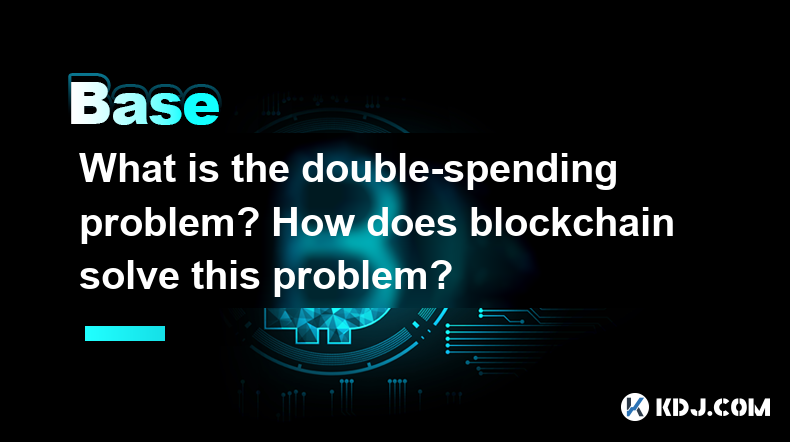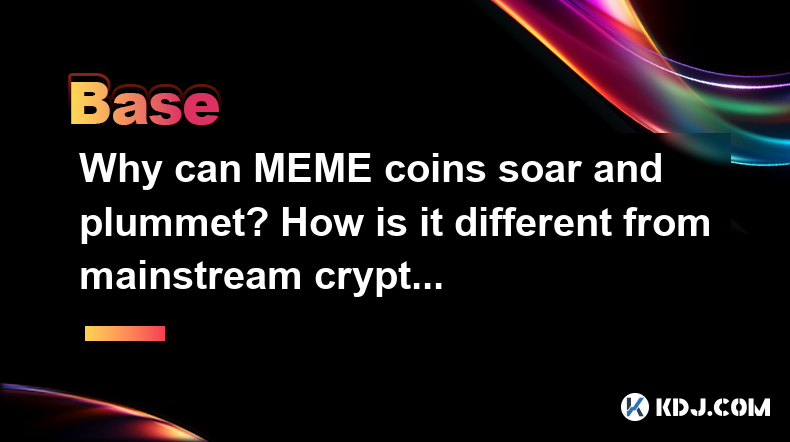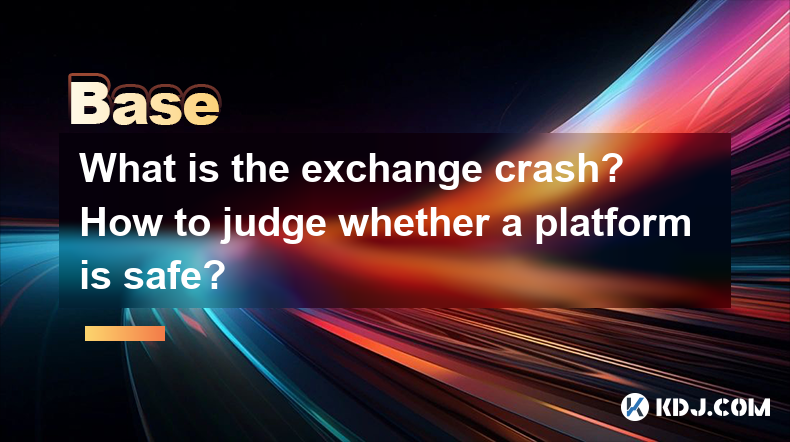-
 Bitcoin
Bitcoin $82,566.4689
0.19% -
 Ethereum
Ethereum $1,779.6850
-0.10% -
 Tether USDt
Tether USDt $0.9998
0.03% -
 XRP
XRP $2.0537
2.55% -
 BNB
BNB $589.8188
0.52% -
 USDC
USDC $0.9998
-0.02% -
 Solana
Solana $114.9791
0.70% -
 Dogecoin
Dogecoin $0.1641
4.11% -
 TRON
TRON $0.2412
4.15% -
 Cardano
Cardano $0.6353
1.62% -
 UNUS SED LEO
UNUS SED LEO $9.3746
0.37% -
 Toncoin
Toncoin $3.3731
-6.60% -
 Chainlink
Chainlink $12.5493
0.78% -
 Stellar
Stellar $0.2565
1.09% -
 Avalanche
Avalanche $17.9347
0.40% -
 Sui
Sui $2.2010
-1.94% -
 Shiba Inu
Shiba Inu $0.0...01213
1.26% -
 Hedera
Hedera $0.1617
3.48% -
 Polkadot
Polkadot $4.0354
3.83% -
 Litecoin
Litecoin $82.6619
2.07% -
 MANTRA
MANTRA $6.3054
0.41% -
 Bitcoin Cash
Bitcoin Cash $299.2804
0.17% -
 Bitget Token
Bitget Token $4.4878
-0.11% -
 Dai
Dai $1.0000
0.01% -
 Ethena USDe
Ethena USDe $0.9995
-0.01% -
 Monero
Monero $214.7676
1.57% -
 Hyperliquid
Hyperliquid $11.4665
1.19% -
 Uniswap
Uniswap $5.7693
0.41% -
 Pi
Pi $0.5195
-7.75% -
 NEAR Protocol
NEAR Protocol $2.4505
2.02%
Why do cryptocurrency prices fluctuate so much?
Cryptocurrency price swings are driven by small market caps, lack of regulation, speculation, tech developments, whale influence, macroeconomics, sentiment, and market design.
Mar 31, 2025 at 05:07 am

The Volatility Volcano: Understanding Cryptocurrency Price Swings
Cryptocurrency markets are notorious for their dramatic price swings. Unlike traditional assets like stocks or bonds, cryptocurrencies exhibit significantly higher volatility. This volatility stems from a confluence of factors, making predicting price movements exceptionally challenging. Understanding these factors is crucial for anyone involved in the crypto space.
One primary driver of cryptocurrency price volatility is the relatively small market capitalization compared to established markets. A smaller market means fewer participants and less liquidity. Even a small influx or outflow of capital can disproportionately impact prices, leading to sharp increases or decreases. This contrasts sharply with larger markets where similar capital movements have a much smaller relative effect.
Another key factor is the lack of regulation. Many cryptocurrencies operate outside the regulatory frameworks governing traditional financial instruments. This lack of oversight can create uncertainty and instability, making the market susceptible to manipulation and speculative bubbles. The absence of clear regulatory guidelines contributes significantly to the volatility.
The speculative nature of the cryptocurrency market is a significant contributor to price fluctuations. Many investors treat cryptocurrencies as speculative assets, driven by hype and FOMO (fear of missing out). This speculative behavior can create artificial price bubbles that eventually burst, leading to dramatic price corrections. This contrasts with investments in assets with established value and consistent cash flows.
Technological advancements and developments within the cryptocurrency ecosystem also influence prices. Positive news, such as successful upgrades or the launch of new features, can boost prices. Conversely, negative news, such as security breaches or regulatory crackdowns, can trigger significant price drops. Staying informed about technological developments is therefore crucial.
The influence of major players (whales) should not be underestimated. Large holders of cryptocurrencies can significantly impact prices through their buying and selling activities. Their actions can trigger cascading effects, amplifying price movements and creating volatility. This highlights the concentrated nature of ownership in some cryptocurrencies.
Macroeconomic factors also play a role. Global economic events, such as changes in interest rates, inflation, or geopolitical instability, can affect investor sentiment and lead to cryptocurrency price fluctuations. These external factors can significantly influence risk appetite and capital flows into the crypto market.
Sentiment and news cycles are powerful drivers of price action. Positive news reports or social media trends can create buying pressure, while negative news or regulatory uncertainty can trigger selling pressure. This highlights the importance of carefully evaluating information sources and avoiding emotional decision-making.
The inherent design of some cryptocurrencies contributes to volatility. For example, cryptocurrencies with limited supply or deflationary mechanisms can experience price increases as demand outpaces supply. Conversely, cryptocurrencies with unlimited supply may see their prices remain relatively low.
Finally, market manipulation remains a concern. While exchanges implement measures to mitigate this risk, the decentralized nature of cryptocurrencies makes it challenging to completely eliminate manipulation. This possibility adds another layer of uncertainty to the market and contributes to volatility.
Frequently Asked Questions
Q: Are cryptocurrency price fluctuations always negative?
A: No, while volatility can lead to losses, it also presents opportunities for significant gains. Price increases can be substantial, offering high potential returns for investors who correctly predict market movements. However, the high risk associated with these gains should be acknowledged.
Q: Can I predict cryptocurrency price movements?
A: No, accurately predicting cryptocurrency prices is extremely difficult, if not impossible. The factors influencing prices are numerous, complex, and often unpredictable. While technical analysis and fundamental analysis can provide insights, they are not foolproof predictors.
Q: How can I mitigate the risk of cryptocurrency price fluctuations?
A: Diversification is key. Don't invest all your funds in a single cryptocurrency. Dollar-cost averaging (investing a fixed amount at regular intervals) can help reduce the impact of volatility. Thorough research and risk assessment are also crucial before making any investment decisions.
Q: Is the high volatility of cryptocurrencies a permanent feature?
A: The level of volatility may decrease as the cryptocurrency market matures and becomes more regulated. However, some level of volatility is likely to persist due to the inherent characteristics of cryptocurrencies and the speculative nature of the market.
Q: What are the implications of high cryptocurrency volatility for investors?
A: High volatility means higher risk and higher potential reward. Investors need to have a high risk tolerance and a long-term investment horizon to successfully navigate the market's fluctuations. Short-term trading in volatile markets is exceptionally risky.
Q: Are there any strategies to profit from cryptocurrency price fluctuations?
A: Yes, some strategies, such as arbitrage (exploiting price differences across exchanges) and day trading (buying and selling within a single day), aim to profit from price fluctuations. However, these strategies require significant expertise, experience, and risk management skills. They are not suitable for all investors.
Q: How does regulation affect cryptocurrency price volatility?
A: Increased regulation can potentially reduce volatility by increasing transparency, reducing market manipulation, and fostering investor confidence. However, the specific impact of regulation on price volatility is complex and depends on the nature and extent of the regulatory framework.
Q: What role does social media play in cryptocurrency price volatility?
A: Social media platforms can significantly influence investor sentiment and, consequently, cryptocurrency prices. News, rumors, and opinions spread rapidly on social media, creating price swings based on hype or fear. It's important to critically evaluate information found on social media.
Disclaimer:info@kdj.com
The information provided is not trading advice. kdj.com does not assume any responsibility for any investments made based on the information provided in this article. Cryptocurrencies are highly volatile and it is highly recommended that you invest with caution after thorough research!
If you believe that the content used on this website infringes your copyright, please contact us immediately (info@kdj.com) and we will delete it promptly.
- Dogecoin Price Soared Over 2% Today, Indicating a Renewed Market Interest in the Leading Meme Coin
- 2025-04-04 21:10:12
- Filecoin FIL $2.76 24h volatility: 2.9% Market cap: $1.79 B Vol. 24h: $489.77 M
- 2025-04-04 21:10:12
- The latest Dogecoin price prediction is raising eyebrows
- 2025-04-04 21:05:12
- With meme coins like Pepe and Shiba Inu back in the spotlight, traders are wondering which token could deliver the biggest gains this week
- 2025-04-04 21:05:12
- Market expert Ali Martinez estimates that the price of this dog-themed meme coin has the potential to surge by around 250% to touch the $0.5 level
- 2025-04-04 21:00:12
- Ethereum (ETH) price plunges further as investors limit their risk exposure
- 2025-04-04 21:00:12
Related knowledge

Why is the oracle called the bridge between blockchain and the real world?
Apr 04,2025 at 04:00am
The concept of an oracle in the cryptocurrency and blockchain world is crucial for understanding how these decentralized systems interact with external data. The oracle is often referred to as the bridge between blockchain and the real world because it serves as a vital intermediary that fetches, verifies, and transmits off-chain data to the on-chain en...

What role does the Merkle tree play in the blockchain? Why can it verify data integrity?
Apr 04,2025 at 01:29pm
The Merkle tree plays a crucial role in the blockchain, primarily due to its ability to efficiently and securely verify data integrity. This article will delve into the structure of a Merkle tree, its implementation in blockchain, and how it ensures the integrity of data. Understanding the Structure of a Merkle TreeA Merkle tree, also known as a hash tr...

What is the difference between public chain, consortium chain and private chain? What scenarios are suitable for each?
Apr 04,2025 at 09:21pm
In the world of blockchain technology, understanding the differences between public chains, consortium chains, and private chains is crucial for selecting the right type of blockchain for specific applications. Each type of blockchain has its own unique characteristics and use cases, which we will explore in detail. Understanding Public ChainsPublic cha...

What is the double-spending problem? How does blockchain solve this problem?
Apr 04,2025 at 09:07am
The double-spending problem is a significant challenge in the realm of digital currencies. Double-spending refers to the potential for a digital currency to be spent more than once. This issue arises because digital files, unlike physical cash, can be easily duplicated. If not addressed, double-spending could undermine the integrity and trust in any dig...

Why can MEME coins soar and plummet? How is it different from mainstream cryptocurrencies?
Apr 04,2025 at 03:07pm
The world of cryptocurrencies is vast and diverse, with a wide range of digital assets that cater to different needs and interests. Among these, MEME coins have carved out a unique niche, often experiencing dramatic price fluctuations that can both soar and plummet in a short period. This phenomenon, while intriguing, differs significantly from the beha...

What is the exchange crash? How to judge whether a platform is safe?
Apr 04,2025 at 05:07pm
An exchange crash refers to a sudden and severe disruption in the operations of a cryptocurrency exchange platform, leading to significant financial losses for users and often resulting in the platform's inability to continue functioning. Such crashes can stem from various causes, including cybersecurity breaches, technical failures, or insolvency. Unde...

Why is the oracle called the bridge between blockchain and the real world?
Apr 04,2025 at 04:00am
The concept of an oracle in the cryptocurrency and blockchain world is crucial for understanding how these decentralized systems interact with external data. The oracle is often referred to as the bridge between blockchain and the real world because it serves as a vital intermediary that fetches, verifies, and transmits off-chain data to the on-chain en...

What role does the Merkle tree play in the blockchain? Why can it verify data integrity?
Apr 04,2025 at 01:29pm
The Merkle tree plays a crucial role in the blockchain, primarily due to its ability to efficiently and securely verify data integrity. This article will delve into the structure of a Merkle tree, its implementation in blockchain, and how it ensures the integrity of data. Understanding the Structure of a Merkle TreeA Merkle tree, also known as a hash tr...

What is the difference between public chain, consortium chain and private chain? What scenarios are suitable for each?
Apr 04,2025 at 09:21pm
In the world of blockchain technology, understanding the differences between public chains, consortium chains, and private chains is crucial for selecting the right type of blockchain for specific applications. Each type of blockchain has its own unique characteristics and use cases, which we will explore in detail. Understanding Public ChainsPublic cha...

What is the double-spending problem? How does blockchain solve this problem?
Apr 04,2025 at 09:07am
The double-spending problem is a significant challenge in the realm of digital currencies. Double-spending refers to the potential for a digital currency to be spent more than once. This issue arises because digital files, unlike physical cash, can be easily duplicated. If not addressed, double-spending could undermine the integrity and trust in any dig...

Why can MEME coins soar and plummet? How is it different from mainstream cryptocurrencies?
Apr 04,2025 at 03:07pm
The world of cryptocurrencies is vast and diverse, with a wide range of digital assets that cater to different needs and interests. Among these, MEME coins have carved out a unique niche, often experiencing dramatic price fluctuations that can both soar and plummet in a short period. This phenomenon, while intriguing, differs significantly from the beha...

What is the exchange crash? How to judge whether a platform is safe?
Apr 04,2025 at 05:07pm
An exchange crash refers to a sudden and severe disruption in the operations of a cryptocurrency exchange platform, leading to significant financial losses for users and often resulting in the platform's inability to continue functioning. Such crashes can stem from various causes, including cybersecurity breaches, technical failures, or insolvency. Unde...
See all articles




















































































